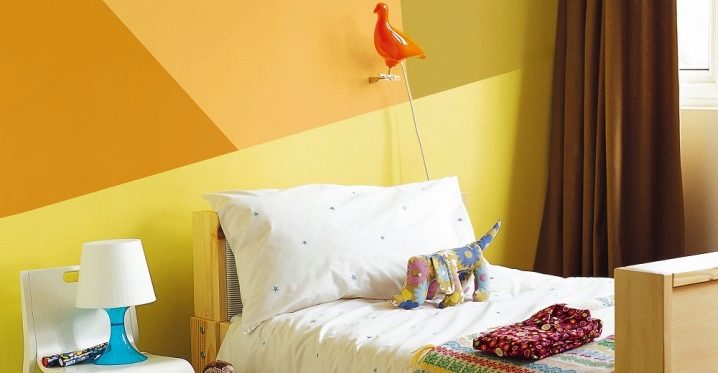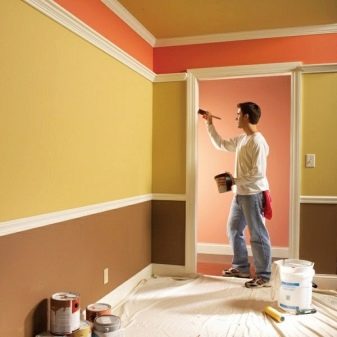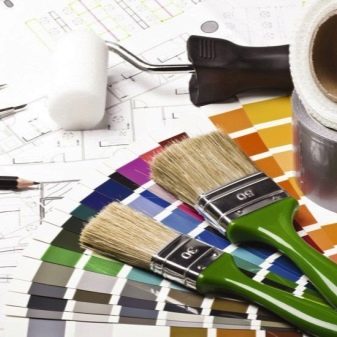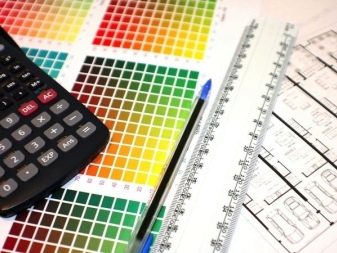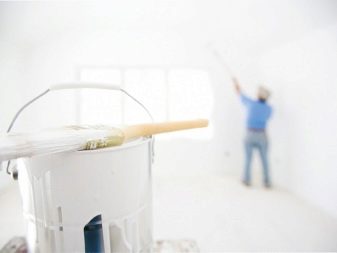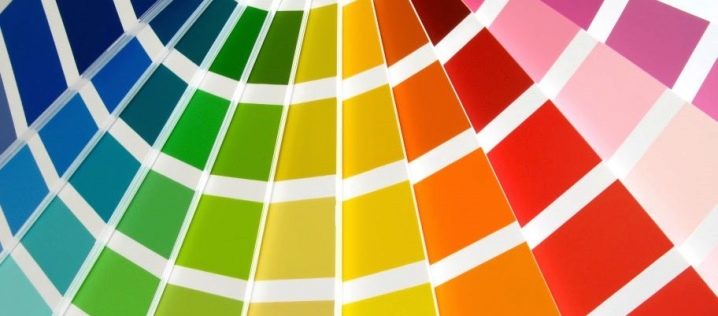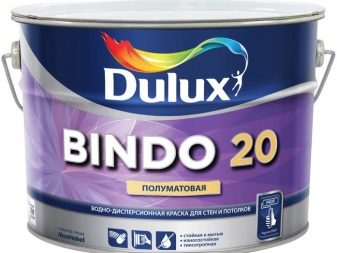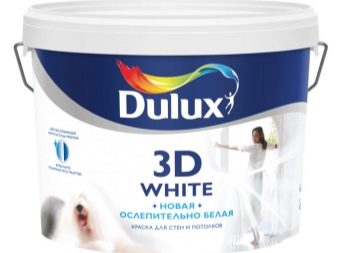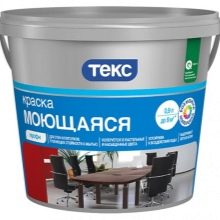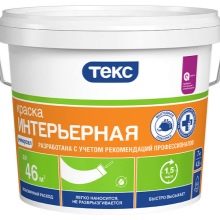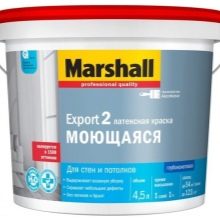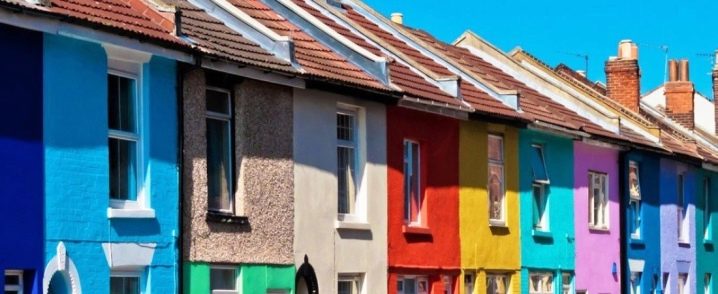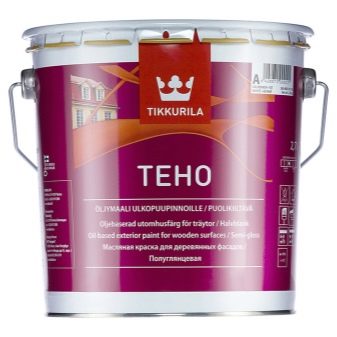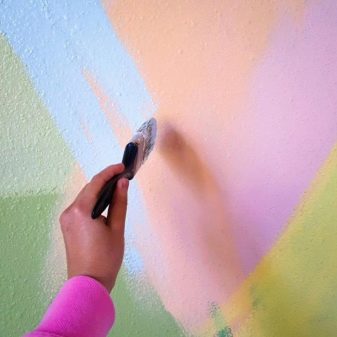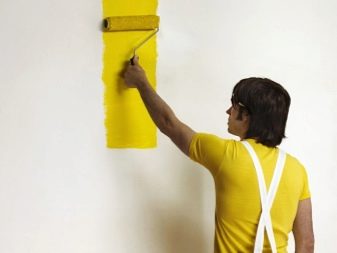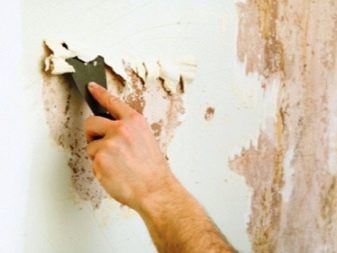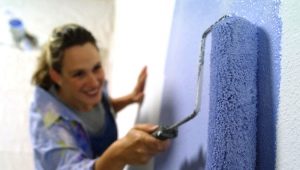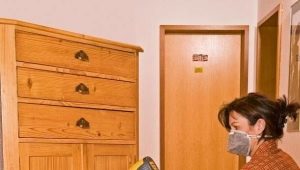Paint consumption per 1 square. m wall surface: subtleties of calculation

Paint is more popular than many other finishing materials, because it has a number of valuable stylistic characteristics. But it is important to select it, relying not only on the appearance, level of adhesion, drying speed and environmental characteristics. Of great importance and paint consumption per 1 square. m. surface, which determines the amount of repair costs in general. Therefore, this parameter should be calculated in advance.
If this is not done, then by mistake there can be either an excessive, obviously unjustified expenditure of paintwork material, or an acute shortage of it during the repair process. And buy the paint is not always possible, because the tone of even different batches of the same modification may differ.
Special features
There is no need for very complex calculations, there is no need for precision instruments and measurements. Every self-respecting paint manufacturer, for example, Dulux, presents on the website a special calculator that allows you to calculate the actual consumption of paint material almost exactly. In addition, the banks and other containers must sign the rate of flow of paint material (how many surfaces can be painted 1 kg or 1 liter of paint). It is important to note that the marking shows the consumption of dye applied to a hard and ideally smooth surface, which was treated with two layers of paint after a thorough priming.
Recommendations for the calculation
The calculation of the consumption of paints and varnishes per m2 must begin with determining the actual area, that is, measuring the perimeter of the room and the height of the walls along their entire length. Amendments are introduced on any:
- niche;
- column and semicolumn;
- ledge;
- bay window.
The area of all openings under the doors and windows is subtracted from the covered surfaces of the walls. As a rule, expensive formulations are applied more subtly than conventional ones, so that ultimately they turn out to be even more economical.It is important to understand that the actual amount of paint consumed is always higher than that painted on the label.
The only exception is the case with the painting of perfectly smooth and well-polished plaster, which was covered with two layers of soil. It is necessary to take into account the density of the painted surface, its curvature, the level of roughness, and the quality of the initial preparation. In addition, painting the surface with different tools, you can achieve very different results.
On average, using 1 liter paint of the universal type NTs-132, you can add the desired color:
- 14 - 16 square meters. m. smooth metal wall;
- 6 - 10 square meters. m of rough metal;
- 4 - 6 m2 high-quality concrete;
- 16 square meters m. fresh plaster;
- 10 square meters m. textured wallpaper.
As for wood, it is somewhat more difficult to calculate the consumption of paintwork material by it - there is no single standard for calculation. So, when painting a cross cut, you will need to use as much dye as for concrete. When paint is applied along the fibers, 1 kg of the mixture is enough for 8-10 m2, and if you take a hard rock, then 15-16 square meters. The use of sprayers, creating relatively thin layers of paint, helps to save money, especially if you add thinner to the composition. When working with a brush, spend up to 5% of paint in addition.
About color and manufacturers
Not all surfaces are finished in an even white tone. When painting in other colors the consumption of material can change significantly. So, for PF-115, the consumption (in grams per 1 square meter of a conditional well-prepared wall), depending on the tonality, will be:
- white - 100-140 g;
- blue - 60-70 g;
- blue - 67-84 g;
- red - 100-140 g;
- green - 72-95 g;
- black - 50-60 g.
It is obvious that the consumption of black paint is the smallest, and most of all there will be expenses for those using the white and red variants. In the case of the NC-132 paint, the situation is slightly different, although its palette includes three dozen tones, most of which are gray, and the bright color is exhausted by blue and green tonalities.
When using white paint with a matte finish of various grades, the result will be as follows (consumption of 1 liter for a certain area):
- Dulux latex - 9-13 square meters. m .;
- Dulux water-soluble - 7 square. m .;
- "Tex" acrylic and latex - 9-12 square meters. m .;
- "Water-based Tex" - 4-6 square meters. m .;
- "Marshal VD" water dispersion - 7-9 square meters. m
We must not forget that it is only possible to correct the consumption of the coloring composition by 5–7% corrected, even very experienced painters rarely avoid the loss of liquid in drops, and the formation of drips on the wall is almost inevitable.It is considered that losses when painting vertical surfaces with an airbrush amount to 3%, when using a roller with a moderate length of the villi, they are 1-2% higher. The least economical way to work is to brush. It is recommended to always apply the primer and paint of one company - they are ideally combined and allow you to mutually save each other.
Additional recommendations
Acrylic facade paint consumption per square meter. m. surface is usually equivalent to 0.18-0.2 kg, but if decorative plaster is created, this figure increases to 0.25 kg. When performing internal work and applying the soil is required to dilute the acrylic with water. In order to preserve valuable dye as much as possible, it is recommended to work at a temperature of +20 degrees and normal air humidity.
If you distribute materials according to the amount of paint that should be applied to them, the metal is in the best positions, and the worst is to paint drywall and wood. When calculating the need for paintwork materials for a long wall, you need to know the total length of the room, and for a wide one, you need to know its width; in these cases, only the second factor, the height, remains unchanged.
The consumption of oil paint, even if it is released by such an advanced company as Tikkurila, is calculated according to the same rules. Standard values are adjusted for viscosity, base type, instrument selection and working conditions. Internal finishing with oil formulations is always less economical than painting exterior surfaces in a dry calm. Approximately 110-130 g is spent on one layer, but it will not be possible to paint any material with high quality with just one layer.
The most consumed color oil paint - yellow, even in ideal conditions, it can take no more than 10 square meters. m. when using 1 l, and in an unfavorable situation, this figure is sometimes reduced to 5 m2. For comparison: brown dye will cover 13-16 square meters. m., blue - not less than 12 m2.
Of all the rollers, silicone is preferred.: he almost does not absorb valuable material. It is advisable to buy a professional tray, as opposed to home-made or improvised means, it is much more perfect and allows you to lose less paint.
Before starting work, remove all old paintwork by any method: mechanical or chemical.On how carefully this work is done, depends not only the expenditure of funds, but also the resistance of the new coating.
How to calculate the area of the walls in the room, see the following video.

